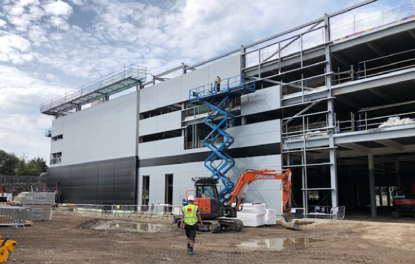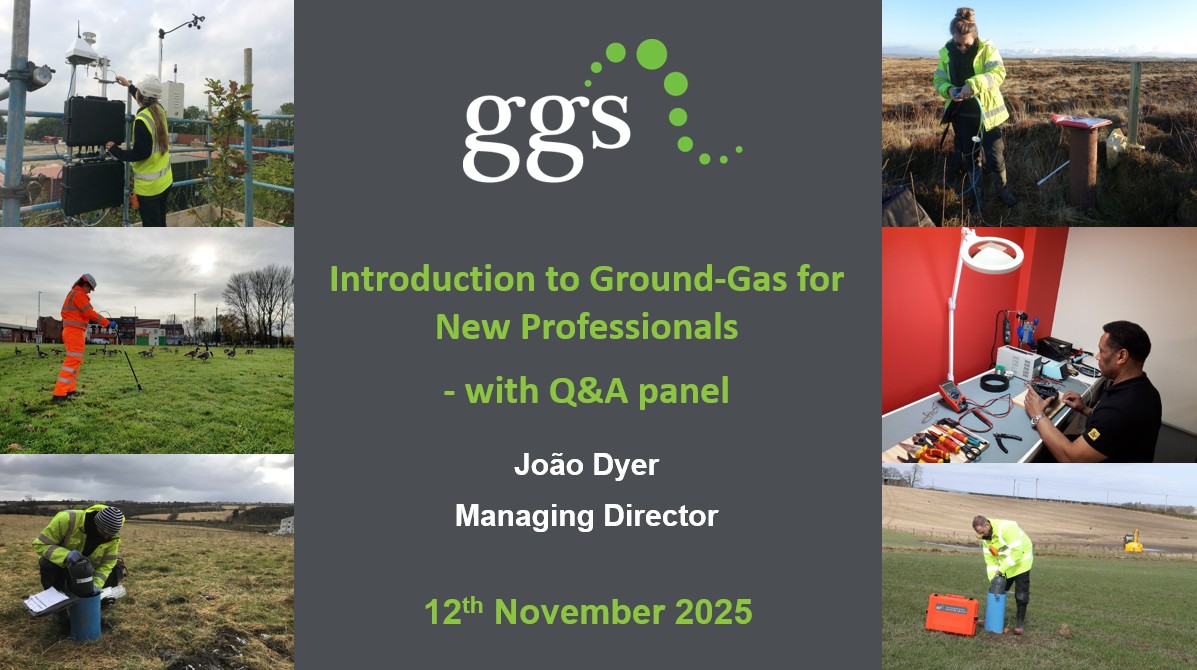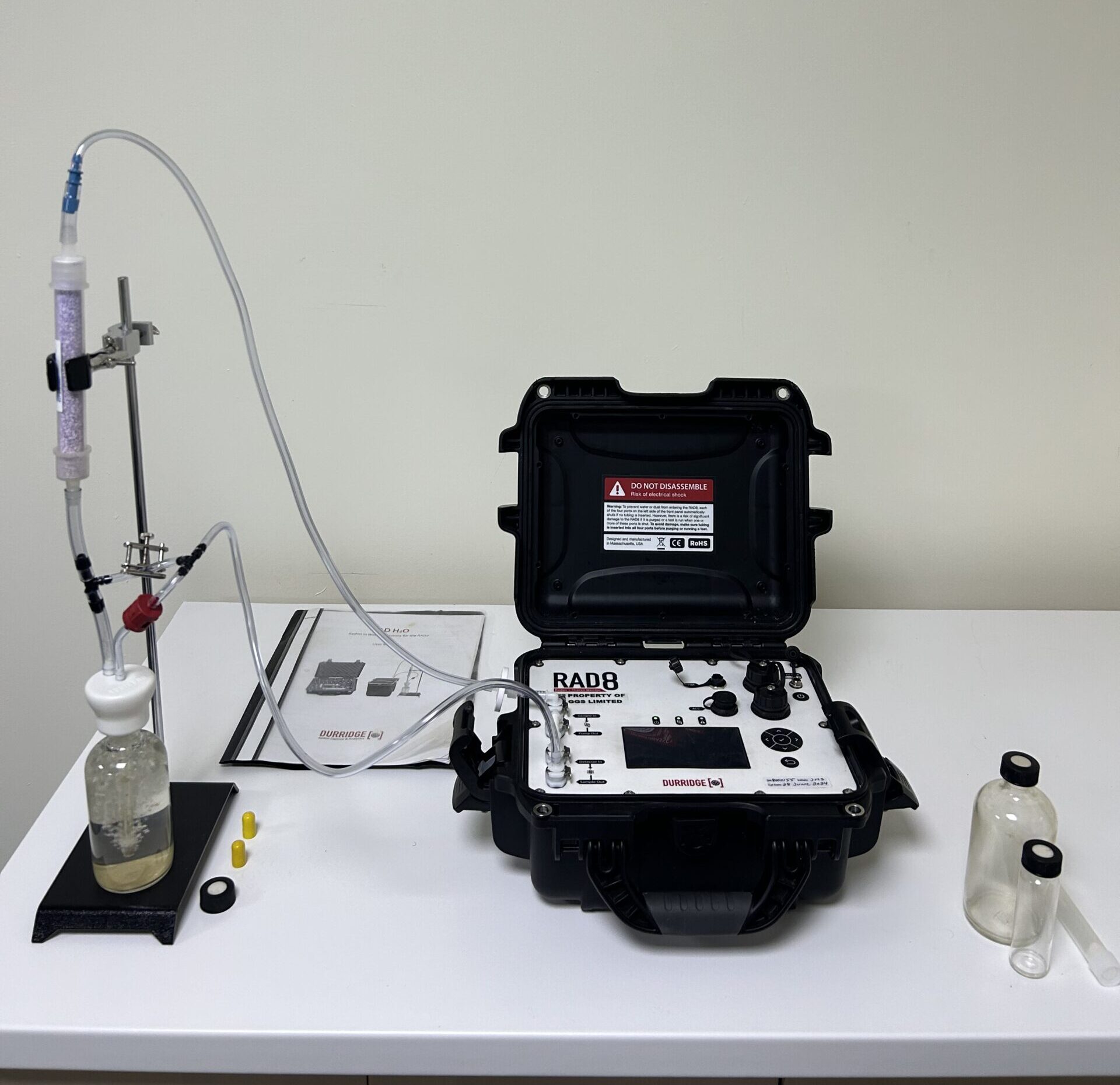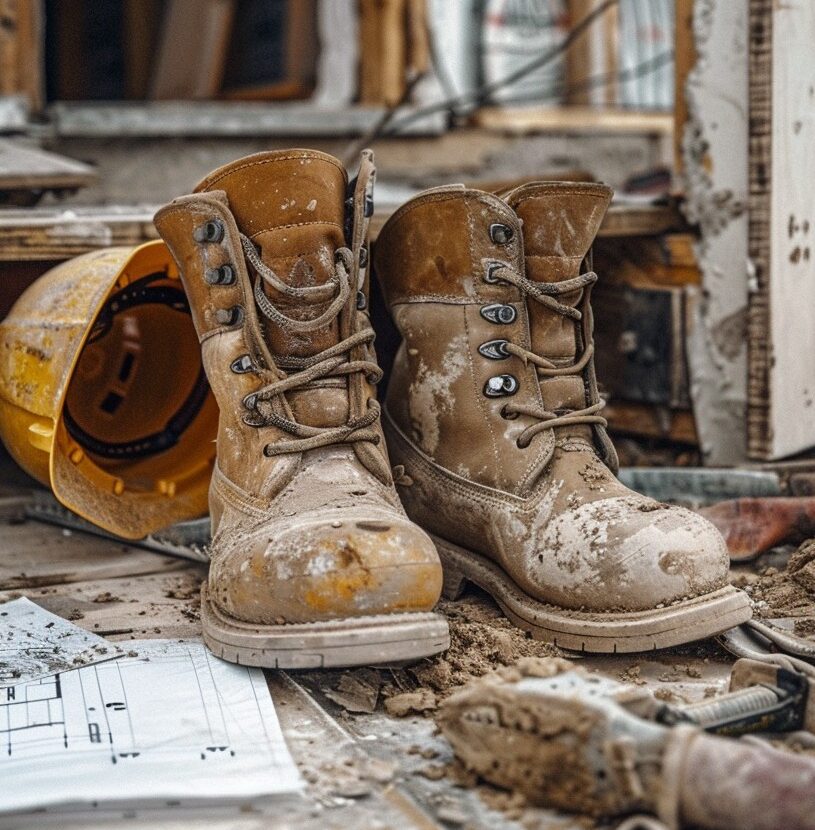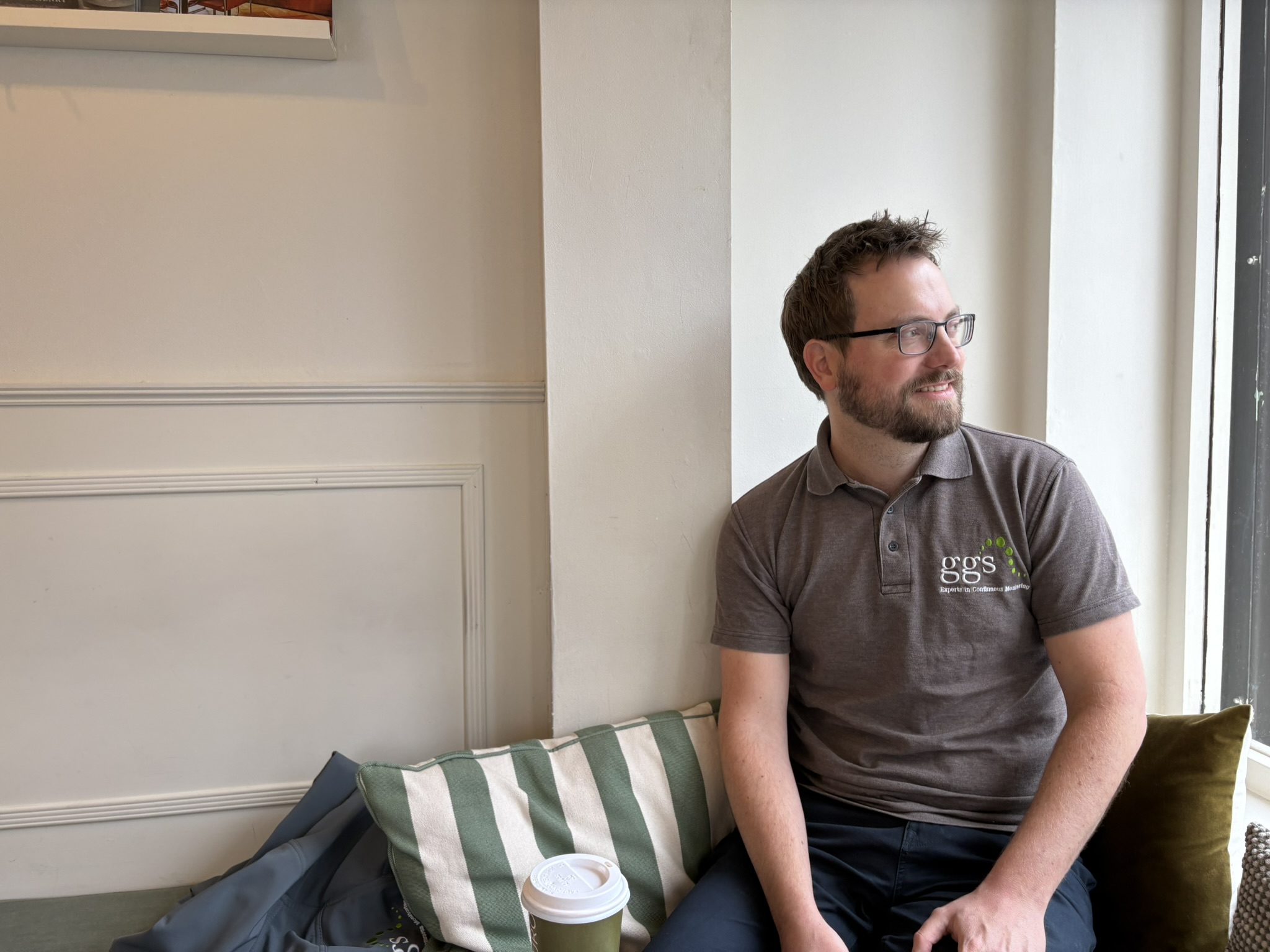If you are thinking of expanding your business and building commercial property on a radon or ground gas affected site, it’s imperative to include independent verification. Part of this process is to ensure a safe development and meet requirements set within good practice guidance.
All too often verification is left within the gas membrane installation package and not considered until very late in the process. However, it’s just not the membrane that you need to consider when it comes to getting verification right. Keep on reading to learn more.
It starts with a suitable ground gas protection design and specification…
Independent verification starts at the design stage and a verification plan written alongside it. This is one of the key verification reports and sets out what verification should be carried out at different development stages. It also incorporates the expected design with material specifications and installation methodologies.
Many developments have undeveloped gas protection designs with little consideration on how the gas protection elements are to best constructed or engineered for a specific design, relying on manufacturer standard detail drawings. GGS can work directly with your design team to add the engineering back into the design process and select the most appropriate solution for your development.
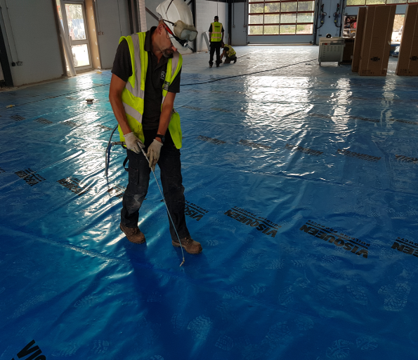
It’s not just as simple as adding a membrane, which is a recurring misconception in the construction phases of commercial properties. Instead, we’re looking to carry out full-scope verification. There are three key working elements to this process.
Ventilation
Ventilation is a very important element in the verification process and often overlooked or poorly designed, particularly with spans greater than 25m. Such systems need to be fully designed and supported with calculations to show the system can cope.
Structural elements
One key measure in the verification process is the consideration of different structural elements and how this may impact the membrane both during construction and throughout a commercial properties lifetime. For example, slab construction complexity could impact the level of verification that is needed for a property.
Membrane
Membranes are used in all construction projects, commonly forming a protective layer within the floor construction creating a concrete slip plane and damp proofing barrier. However, where this membrane is upgraded to protect against hazardous ground gases such as radon, methane and VOCs, the gas tight sealing and protection of the membrane become crucially important and require far more care and attention than the standard damp proof membrane.
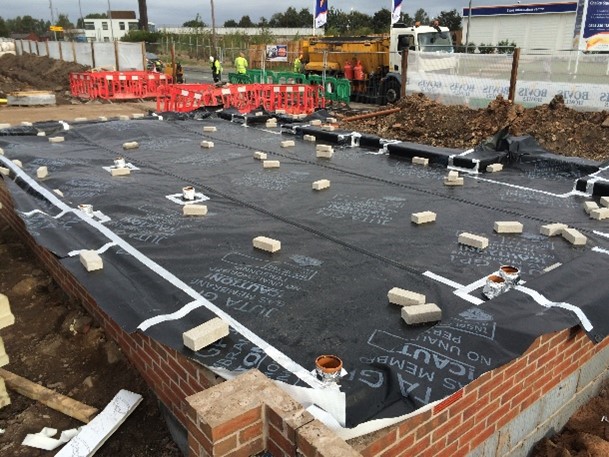
Why do commercial developments need comprehensive verification?
Verification is needed to protect people who will be using the building. Whether you are building a new property entirely, or looking to expand your current one, it’s key to get verification right beyond just installing a membrane.
Although this isn’t an exhaustive list of the considerations that need to happen for the verification process, the most important aspect of the process is carrying out due-diligence. A consideration of all of the different factors during and after construction is an imperative part of the verification process. In addition, membranes need to be independently verified with a specialist team, according to the British Standard guidance (BS8485:2015, A1:2019, CIRIA C735).
During the instillation process, there is the possibility of further damage, particularly from follow on trades who may not have any idea of understanding what the gas measures are. Once this happens, it can compromise the safety system.
Should suitable gas protection and verification not be installed or evidenced appropriately, it could put your people, building and business at risk. While protection systems can be retrofitted after construction, it can significantly increase the costs, require more regulatory involvement and potential losses of pausing business operations.
For higher risk sites or those potentially affected by radon, post compliance monitoring is advisable following construction and discussed within current good practice (C735 and BRE211). It is key to match the correct monitoring strategy to the development and specific risks. GGS have developed advanced monitoring methods using state of the art equipment with high resolution detection, including real time continuous monitoring, to demonstrate the effectiveness of the constructed protection measures.
Choose GGS for full-scope ground gas verification and protection measures
We are industry leading experts and our due diligence can help ensure that your commercial property is both safe and compliant. We’ve worked on a projects for a range of clients including sites like football stadiums and distribution warehouses. We do verification once correctly, so you don’t need to do it again in the future. To get in touch with our team of scientists for a consultation, contact us here.
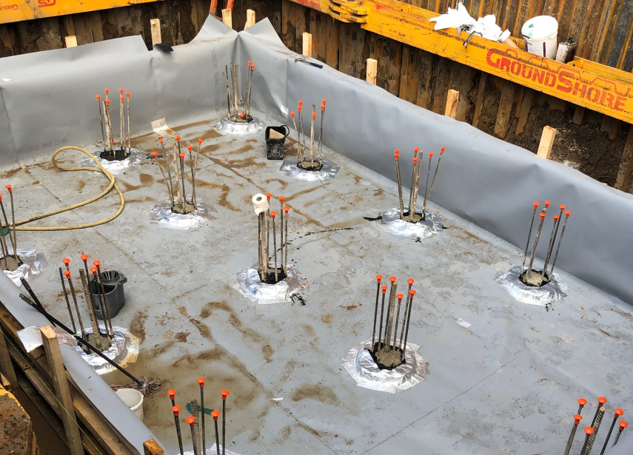
The following pages include news articles, videos, guidance notes and white papers on a range of ground gas related topics which we hope you will find of interest. Please browse through but if you can’t find something on your particular issue of interest, we’d be very pleased to hear from you so we can put that right.
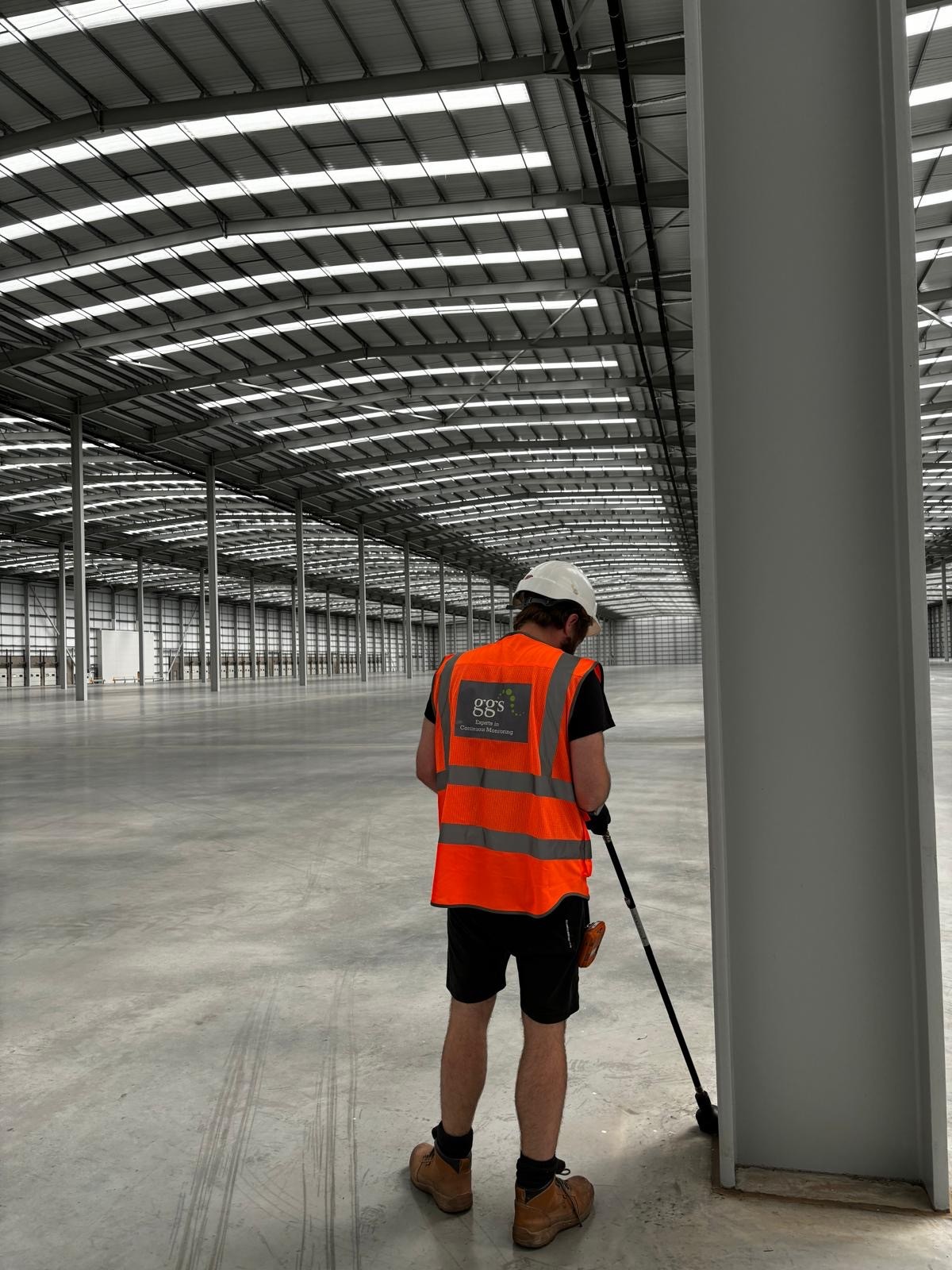
Establishing a new warehouse involves managing numerous moving parts such as ensuring operational systems are in place, training staff and coordinating logistics. Amidst this complexity, it’s essential to remain compliant with environmental and safety regulations.
One important aspect is managing and mitigating ground gas risk. Keep reading to learn about the process and what to expect.

